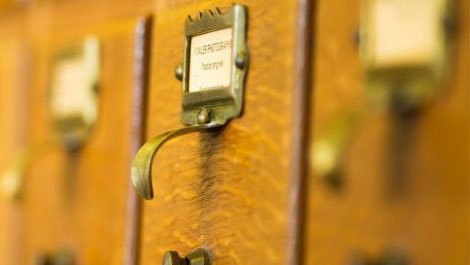Englefield Estate
Englefield estate is situated in West Berkshire and one theory about the origin of the name goes back to 871AD when a battle was fought on the hill above the village, marking an important victory by King Alfred over the Danes. The battlefield was named by the Saxons as ‘Anglefield’ or ‘Field of Angles’ which became Englefield over time.
The Englefield family were sheriffs and knights of the shire throughout the Middle Ages and became prominent figures in the royal court in the 16th century. Their connection with the house continued until Sir Francis Englefield, a devout Catholic, who had been Master of the Court of Wards and Liveries during the reign of Queen Mary. He was forced to leave England for Spain when Elizabeth succeeded to the throne in 1558. He was implicated in the Throckmorton Plot of 1583 which aimed to assassinate Queen Elizabeth I and install the Catholic, Scottish, Queen Mary to the throne. He was attainted for high treason and the house and lands were seized under an Act of Parliament and is thought to have been gifted to Sir Francis Walsingham, Queen Elizabeth’s principal secretary. Towards the latter stages of Queen Elizabeth’s reign, it is reported that she dined at the house as the guest of Lord Norris during her progress to Basing in 1601.
By 1635 the estate belonged to John Paulet, fifth Marquess of Winchester and his second wife, Lady Honora de Burgh, (the granddaughter of Sir Francis Walsingham). A Royalist, the Marquess lost his Basing estate during the civil war and was put in the Tower of London, charged with high treason. However, following the Restoration in 1660, he spent his remaining years at Englefield.
In 1729 the succession passed to Paulet/Powlett Wright and it is thought that he and his wife, the heiress Mary Tyssen were responsible for rebuilding and modernising Englefield House. Following the death of Paulet, Mary married Richard Benyon of Gidea Hall in Essex in 1745, and following the sale of Gidea Hall in 1802, Englefield became the principal estate of the Benyon family. In 1854 when Richard Fellowes Benyon was responsible for the Estate, the main house was altered so that the main entrance could be on the east side of the house rather than the south. He also ensured that houses in the village were updated and repaired to nineteenth century standards.
Sources for information on the family and estate taken from Englefield Estate and Englefield by Janet Rowan, (MERL LIBRARY PAMPHLET: 9675-Box2/18)
The collection comprises correspondence, deeds, financial papers and wills relating to the Englefield Estate and the Englefield family.
More information
- A full description is available on our online database
- A handlist of the whole collection is available here

